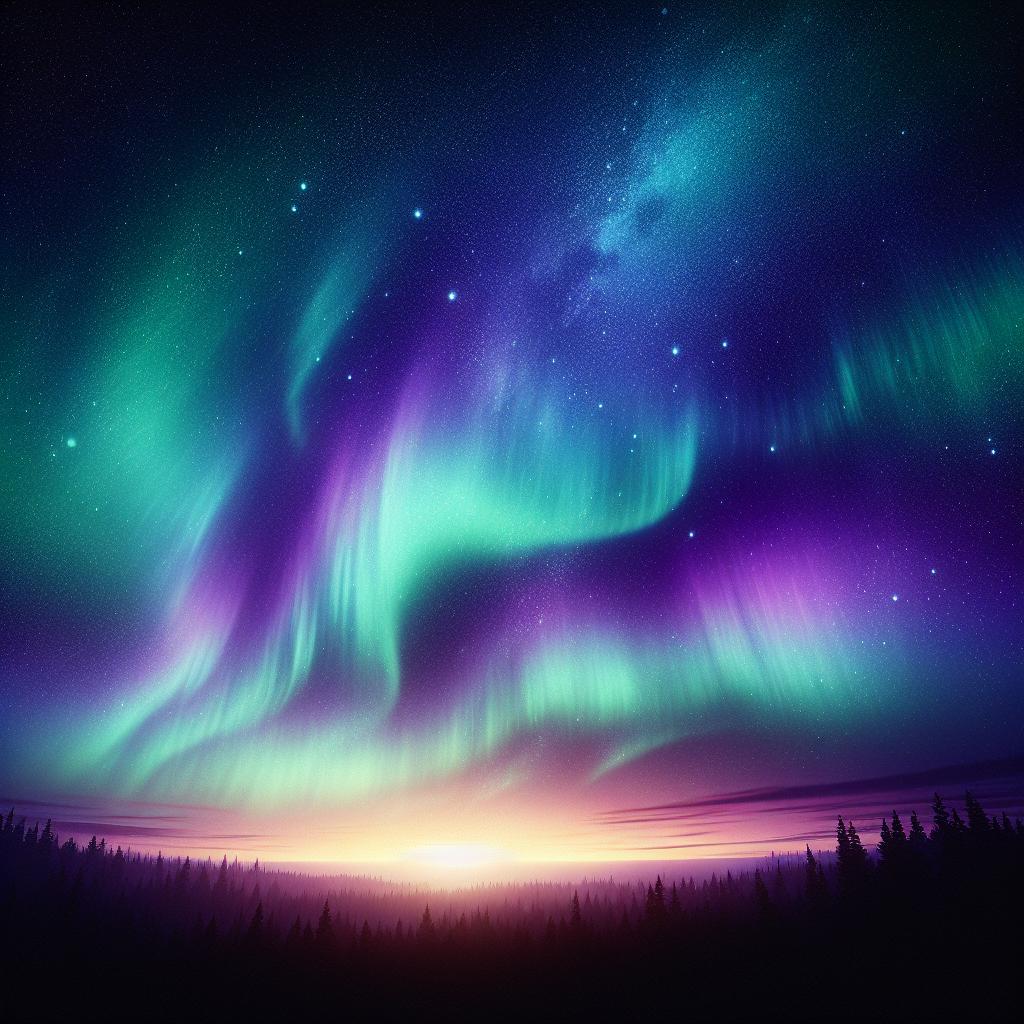

Night sky aurora borealis.
Vik, South Iceland – After a series of powerful solar flares, the Northern Lights, or Aurora Borealis, are expected to put on a spectacular show in several states across the continental United States Friday night. This comes after the sun unleashed an impressive X7.1 solar flare on Wednesday and an even more potent X9.0 flare on Thursday, marking the strongest flare yet of the current solar cycle.
These flares have the potential to create coronal mass ejections (CMEs)—mass bursts of solar material—which are key drivers behind the phenomenon of the Northern Lights. The effects of these CMEs are anticipated to begin impacting Earth between Friday and Sunday.
In light of these solar activities, the National Oceanic and Atmospheric Administration (NOAA) has upgraded previous storm watches. While initial alerts predicted minor to strong geomagnetic storms from Thursday through Saturday, they have now been elevated to strong G3 storms, which will likely continue into Sunday.
The Kp index for Friday night is forecasted to hit five, indicating an increased chance of vibrant auroras lighting up the night sky. With optimal weather conditions, spectators can expect the lights to shine brightly and offer a visually captivating experience between the hours of 10 p.m. and 2 a.m..
The Northern Lights are known to be most visible in regions closer to the poles, and this weekend is no exception. For anyone eager to catch a glimpse, Canada and Alaska will likely experience the best views. However, several U.S. states are also in the lookout area, including:
Those located in these states are encouraged to find darker spots away from city lights to maximize their chances of witnessing this natural light show.
Photography enthusiasts can improve their chances of capturing the Northern Lights by using smartphone cameras set to night mode. While the lights may not be visible to the naked eye, these devices can pick up the stunning colors and movements that define the auroras. Finding a hilltop or another vantage point can enhance the experience further.
This current display is part of the sun’s 11-year solar cycle, known as Solar Cycle 25, which began in December 2019. Scientists expect this cycle to reach its peak between late 2024 and early 2026. At its maximum, there could be as many as 115 sunspots, which are linked to geomagnetic storms and the resultant auroras.
In the month of August, daily sunspot numbers reached a high of 215.5, marking the highest monthly count since Solar Cycle 23 in 2003. This increased solar activity exceeds expectations, leading astronomers to believe we could see even more geomagnetic storms until the cycle peaks in the coming years.
If you’re planning to witness the Northern Lights this Friday night, remember to check the weather forecasts and dress warmly. The experience promises to be memorable, as these natural wonders are both awe-inspiring and humbling.
Get ready, grab your cameras, and don’t miss this rare opportunity to bask in the beautiful glow of the Northern Lights.
News Summary German manufacturer ARKU Inc. is set to launch its first operational facility in…
News Summary In response to soaring insurance costs threatening local bars and restaurants, South Carolina…
News Summary South Carolina is becoming a dynamic hub for entrepreneurship, as highlighted in a…
News Summary The Aiken Chamber of Commerce participated in South Carolina's annual Small Business Day,…
News Summary Careteam Plus is taking vital actions to reduce long wait times for new…
News Summary In light of Limestone University's recent closure, Coastal Carolina University (CCU) is implementing…